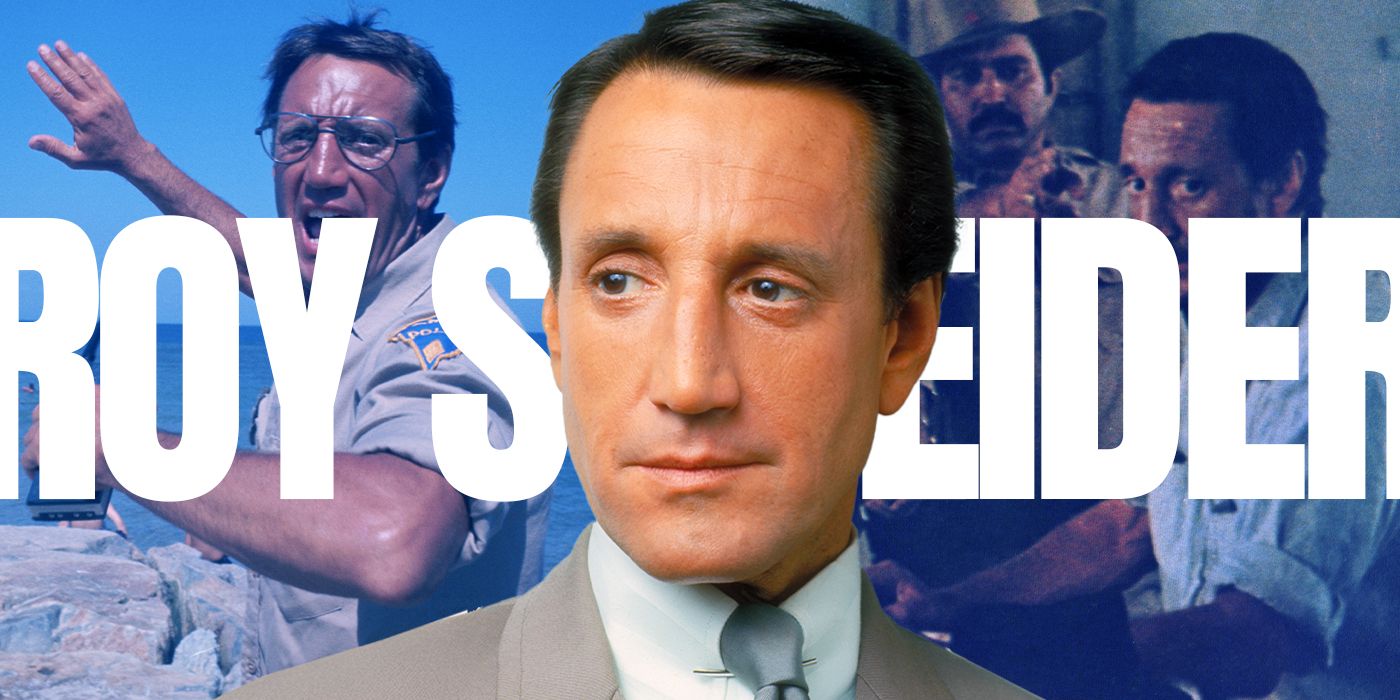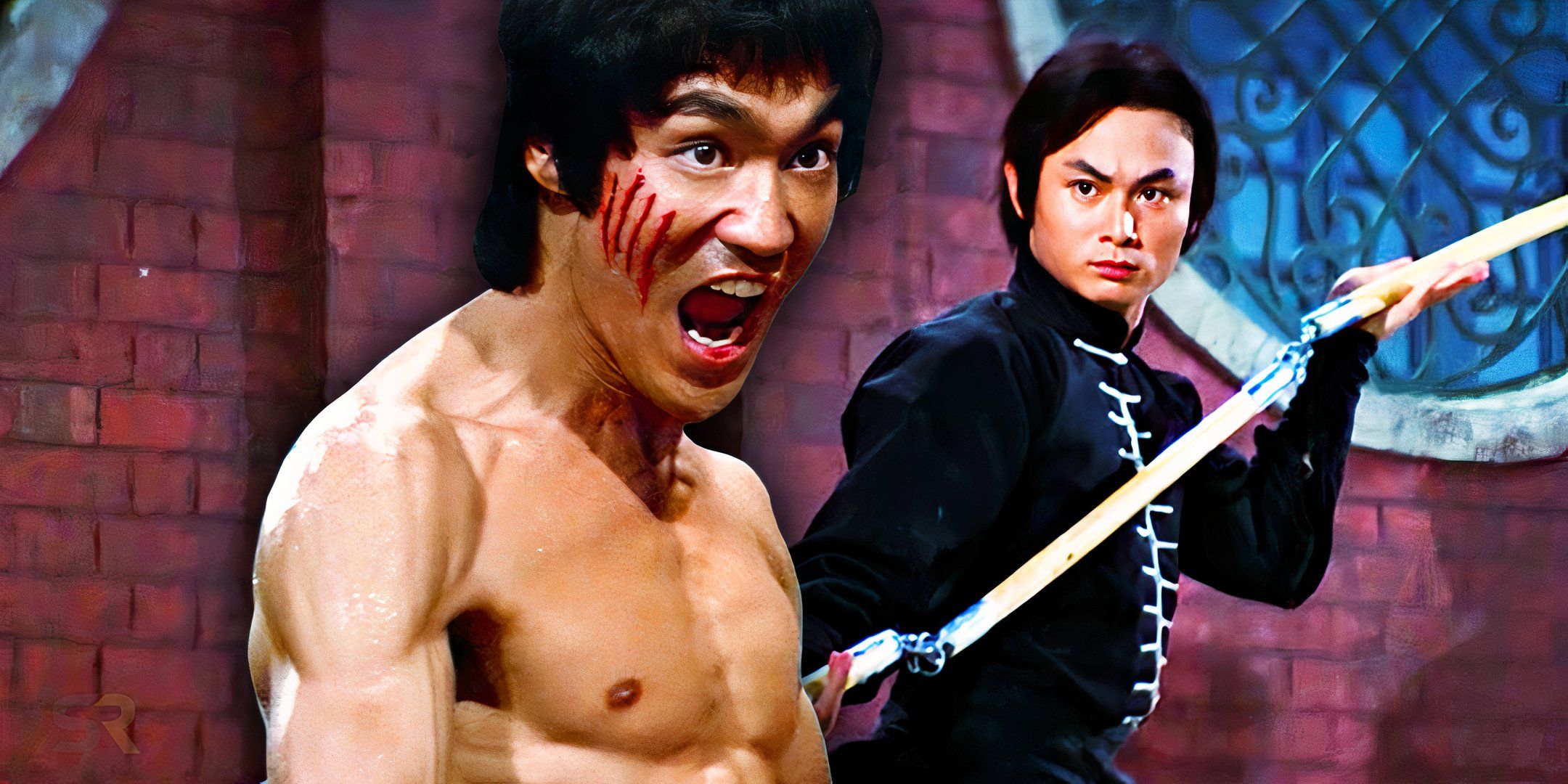The visual effects Oscar race was narrowed down to 10 shortlisted movies in mid-December. And next, branch members will be invited to attend or view online its “bake-off” – a sort of show-and-tell scheduled for Jan. 11, during which contenders will present clips and discuss their work before the branch votes on which five films will earn VFX nominations.
Sometimes the bake-offs serve to confirm what had already attracted branch members. For instance, two years ago, “Avatar: The Way of Water” went into the bake-off as the clear favorite and to no one’s surprise it was nominated for and went on to win the category Oscar. Last year was an example of how this showcase could change the race. As December of 2023 began, “The Creator” was the presumed frontrunner, but the team behind “Godzilla Minus One” — a movie that few had seen before it came out during that month — charmed branch voters with their stories of how they innovated to make their VFX-driven movie with an overall budget of just $15 million. That was the turning point. “Godzilla Minus One” went on to earn a nomination and then continued to impress Academy members en route to a trip to the Dolby Theater stage.
This year the 10 films vying for a nomination are “Alien: Romulus,” “Better Man,” “Civil War,” “Deadpool & Wolverine,” “Dune: Part Two,” “Gladiator II,” “Kingdom of the Planet of the Apes,” “Mufasa: The Lion King,” “Twisters” and “Wicked.”
Legacy franchises figure prominently in this season’s race. Movies that made the shortlist that are also sequels to films that won Academy Awards in visual effects include “Alien: Romulus,” “Dune: Part 2” and “Gladiator II.” Meanwhile “Kingdom of the Planet of the Apes,” “Mufasa: The Lion King,” and “Twisters” are the next movies in VFX- nominated franchises.
The shortlist includes movies with strong non-human digital protagonists, such “Better Man” and “Kingdom of the Planet of the Apes;” and contenders that leaned heavily into cutting edge particle simulation while creating environments such as those seen in “Dune Part 2” and “Twisters.” Contenders such as “Alien: Romulus” are distinct for their use of a range of practical and digital techniques. And those notable for environment work range from fantasy (“Wicked”) to more realistic (“Civil War”) styles.
Only one superhero movie, Marvel’s commercial hit “Deadpool & Wolverine,” remains in effects contention. In eight of the last 10 years, at least one Marvel movie has earned a VFX Oscar nom, but the last superhero movie to actually win a VFX Oscar was 2004’s “Spider-Man 2.”
To date, the only animated features to earn VFX Oscar nominations are a pair of stop-motion movies (1993’s “The Nightmare Before Christmas” and 2016’s “Kubo and the Two Strings”), and, for some, Jon Favreau’s 2009 “The Lion King,” though professionals are divided on whether it should be considered an animated feature (it was made using virtual production techniques). Branch members have varying views on whether to recognize fully CG animated movies in the VFX race. Awards watchers will have to wait and see if Barry Jenkins’ prequel “Mufasa” could follow in “The Lion King” footsteps.
Individual contenders to watch include “Dune: Part 2” VFX supervisor Paul Lambert, who is vying for a rare fourth Oscar. He previously won the category for “Dune,” “First Man” and “Blade Runner 2049.”
“Gladiator II” special effects supervisor Neil Corbould – who earned Oscars for the original “Gladiator” and “Gravity” – is a contender this season, as is his twice-nominated brother, Paul Corbould, who is special effect supervisor on shortlisted “Wicked.” Other previous winners include “Alien: Romulus” VFX supervisor Eric Barba, who claimed the prize for “The Curious Case of Benjamin Button,” and “Mufasa” production VFX supervisor Adam Valdez, who collected an Oscar for “The Jungle Book.”
The “Mufasa” team also includes MPC VFX supervisor Audrey Ferrara, who is notable as women are still underrepresented at the highest levels of this field. To date only five women have earned VFX Academy Award nominations and only three (Suzanne M. Benson for “Aliens” in 1987, Sara Bennett for “Ex Machina” in 2016, and Kiyoko Shibuya for “Godzilla Minus One” in 2024) have won.









 English (US) ·
English (US) ·